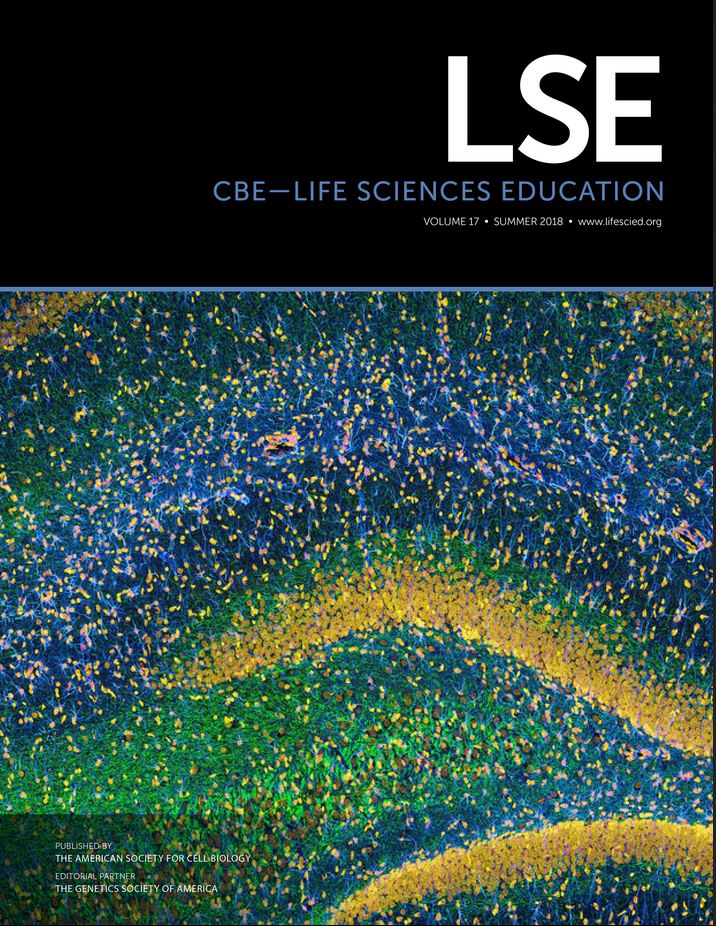Abstract
Course-based undergraduate research experiences (CUREs) have been described in a range of educational contexts. Although various anticipated learning outcomes (ALOs) have been proposed, processes for identifying them may not be rigorous or well documented, which can lead to inappropriate assessment and speculation about what students actually learn from CUREs. In this essay, we offer a user-friendly and rigorous approach based on evidence and an easy process to identify ALOs, namely, a five-step Process for Identifying Course-Based Undergraduate Research Abilities (PICURA), consisting of a content analysis, an open-ended survey, an interview, an alignment check, and a two-tiered Likert survey. The development of PICURA was guided by four criteria: 1) the process is iterative, 2) the overall process gives more insight than individual data sources, 3) the steps of the process allow for consensus across the data sources, and 4) the process allows for prioritization of the identified abilities. To address these criteria, we collected data from 10 participants in a multi-institutional biochemistry CURE. In this essay, we use two selected research abilities to illustrate how PICURA was used to identify and prioritize such abilities. PICURA could be applied to other CUREs in other contexts.



